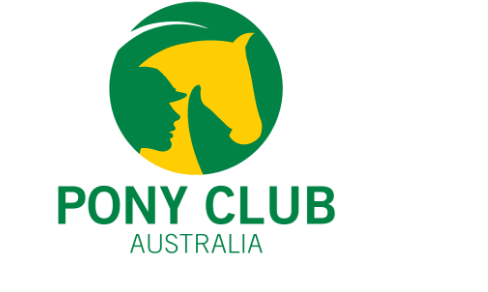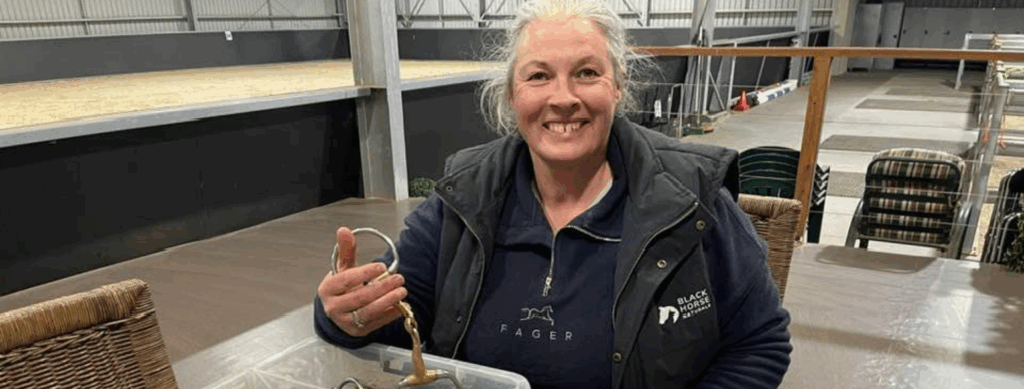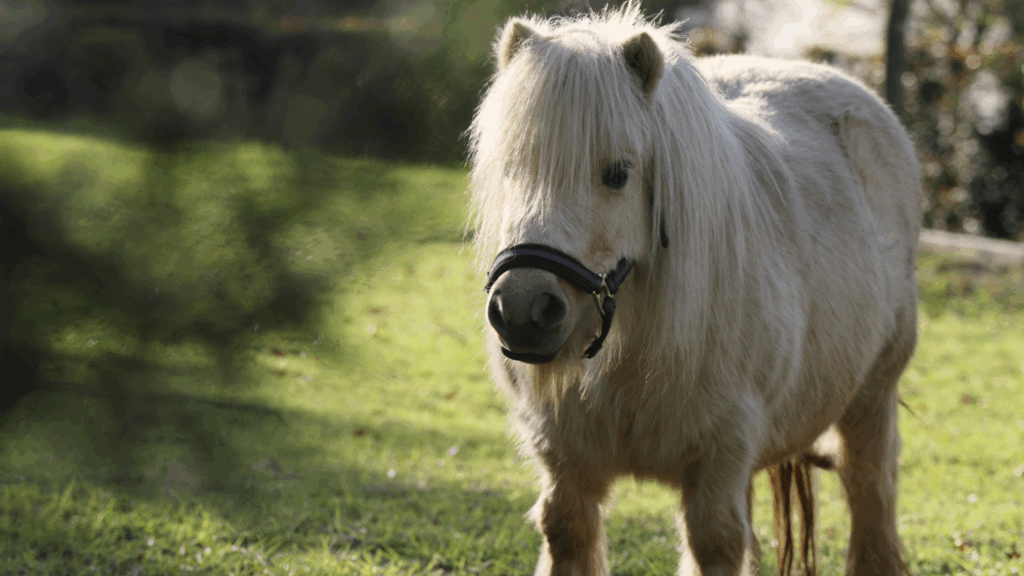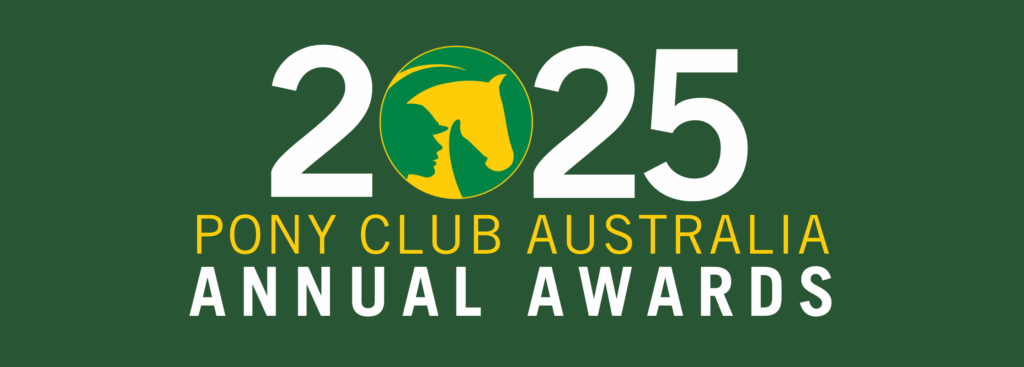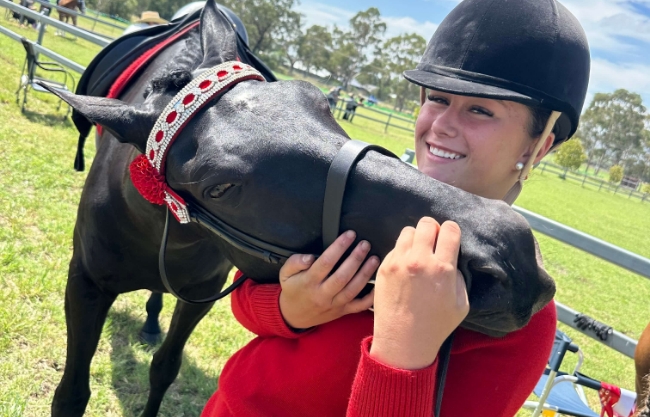Understanding behaviour during tacking-up and mounting
In Pony Club, we believe that welfare is not just about the basics—like food, water, and shelter—but about recognising and responding to the emotional and physical experiences of our horses. That includes listening to the subtle messages they may be sending during everyday routines, like tacking-up and mounting.
A recent paper by Dyson et al., Do owners recognise abnormal equine behaviour when tacking up and mounting?, sheds light on a key welfare issue: many horse owners do not recognise when their horse is displaying abnormal or pain-related behaviours during these routine tasks.
Of the 193 horses in the study, only 34.2% of owners believed their horse showed any unusual behaviour when being tacked-up or mounted. But when the same horses were observed by a veterinarian, signs such as head tossing, reluctance to take the bit, avoidance during noseband tightening, and even attempts to bite were commonly recorded. In many cases, there was little agreement between what the owner perceived and what was actually observed.
So, what’s going on?
Veterinarian Dr Sue Dyson explains:
“We’ve previously demonstrated that there is an association between abnormal behaviour during tacking-up and mounting and the presence of either ill-fitting tack or musculoskeletal pain. We believe this behaviour is in anticipation of pain during ridden exercise.”
In other words, a horse may not be “naughty” or “grumpy” when reacting to the saddle or bridle—it may be trying to communicate discomfort or fear of pain. And while owners care deeply for their horses, they may not always have the knowledge or experience to interpret these signs correctly.
This is why it’s so important to bring everything back to the Five Domains of Animal Welfare, particularly, in this instance, the Health domain. In the PCA Horse Welfare Policy, we emphasise that:
“When caring for your horse, you should ensure it has an appropriately fitted saddle and bit for its comfort, and seek expert advice if necessary.”
This is not just about preventing injury—it’s about protecting your horse’s mental state, confidence, and willingness to work. A poorly fitted saddle, bridle, or girth can affect more than just physical health; it can undermine trust and create a negative association with being ridden.
As Dr Dyson says,
“As a veterinarian, we cannot rely on owner observations—we have to look for ourselves. We have to be detectives.”
At Pony Club, we encourage all members, parents, and coaches to adopt this mindset too. Learn to recognise the small signs. If something changes in your horse’s behaviour—even if it seems minor—don’t ignore it. Reassess your tack. Seek advice from a coach, saddle fitter, or vet. The sooner you act, the better for your horse’s comfort and long-term welfare.
Let’s stay curious. Let’s be observant. And let’s keep listening to what our horses are trying to tell us.

